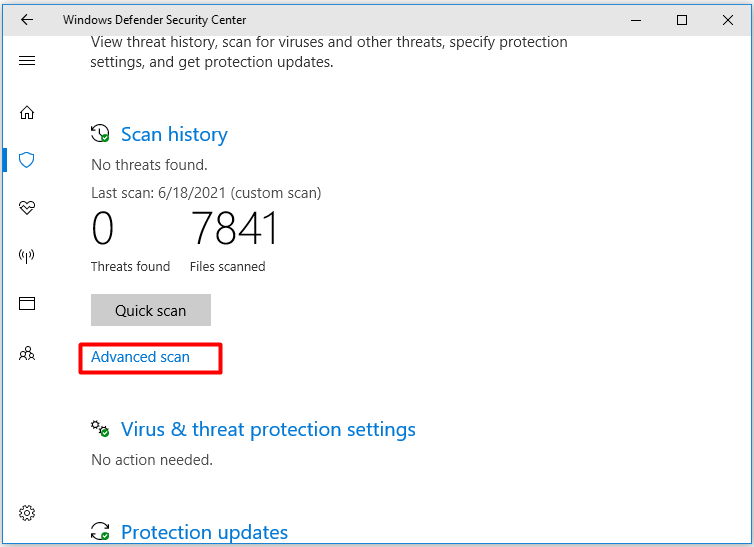
Are you willing to wager your life savings, your good credit, even your identity, that you're better at this than crooks who make millions doing it every day? If you try to remove malware and then keep running the old system, that's exactly what you're doing. Lots of people will disagree with me on this, but I challenge they are not weighing consequences of failure strongly enough. There's too much at stake, and it's too easy to get results that only seem to be effective. I'm not saying it can't be done, but I am saying that the cost/benefit and risk analysis results have changed: it's just not worth it anymore.

I used to be very good at removing this stuff, to the point where I made a significant part of my living that way, and I no longer even make the attempt. Put these two factors together, and it's no longer worthwhile to even attempt to remove malware from an installed operating system.

This might be processing or network resources in your computer, but it might also be your social security number or encrypting your files and holding them for ransom. The people building this stuff are no longer just script kiddies looking for fame they are now organized professionals motivated by profit, and if they can't steal from you directly, they'll look for something they can turn around and sell. Modern malware is likely to go right for the banking or credit card information. Nastier, in that it won't just show ads, install a toolbar, or use your computer as a zombie anymore. The anti-malware tools still have their place, but I'll get to that later. Security tools will help you find and remove the more obvious and well-known malware, and most likely remove all of the visible symptoms (because you can keep digging until you get that far), but they can leave little pieces behind, like a keylogger or rootkit hiding behind some new exploit that the security tool doesn't yet know how to check. It won't be the whole infection: just a part of it. If you're infected, something from that new 1% is very likely to be one part of your infection. Mostly, that 1% is stuff that is new: the malware tools can't find it because it just came out and is using some new exploit or technique to hide itself that the tools don't know about yet. There are lots of good tools listed in answers here that can find 99% of malware, but there's always that 1% they can't find yet. Subtle malware can hide behind more obvious infections.

Sneakier, not only because it's better at hiding with rootkits or EEPROM hacks, but also because it travels in packs.

Here's the thing: Malware in recent years has become both sneakier and nastier:


 0 kommentar(er)
0 kommentar(er)
